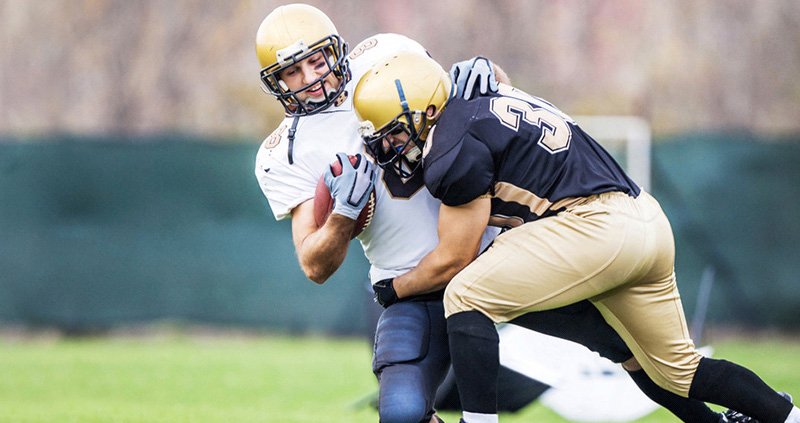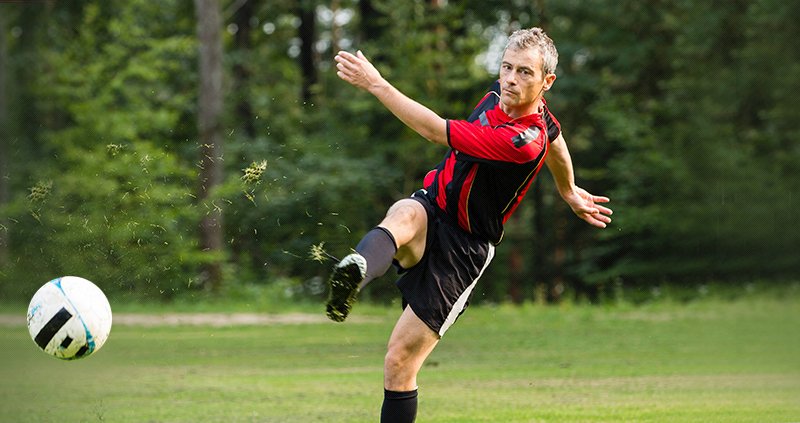Why do women have more trouble after knee injuries? Model explains estrogen's role
A computer model of the cellular environment inside the knee developed by UT Southwestern Medical Center researchers sheds light on why women tend to have worse outcomes after knee injuries than men. Their findings, published in Scientific Reports, could facilitate research into new therapies for knee inflammatory disorders and personalized treatments for patients with these conditions.









